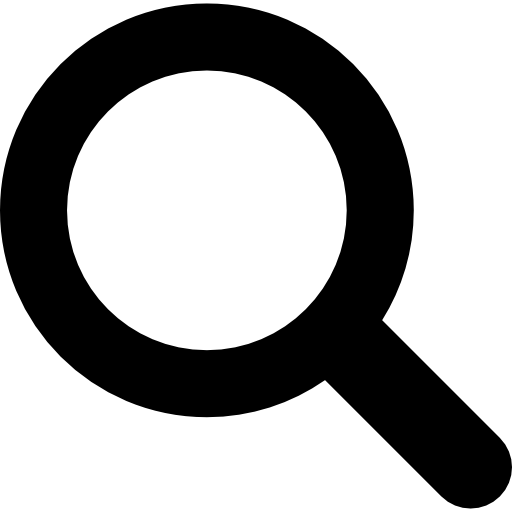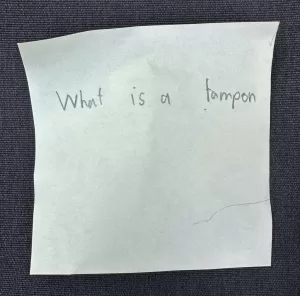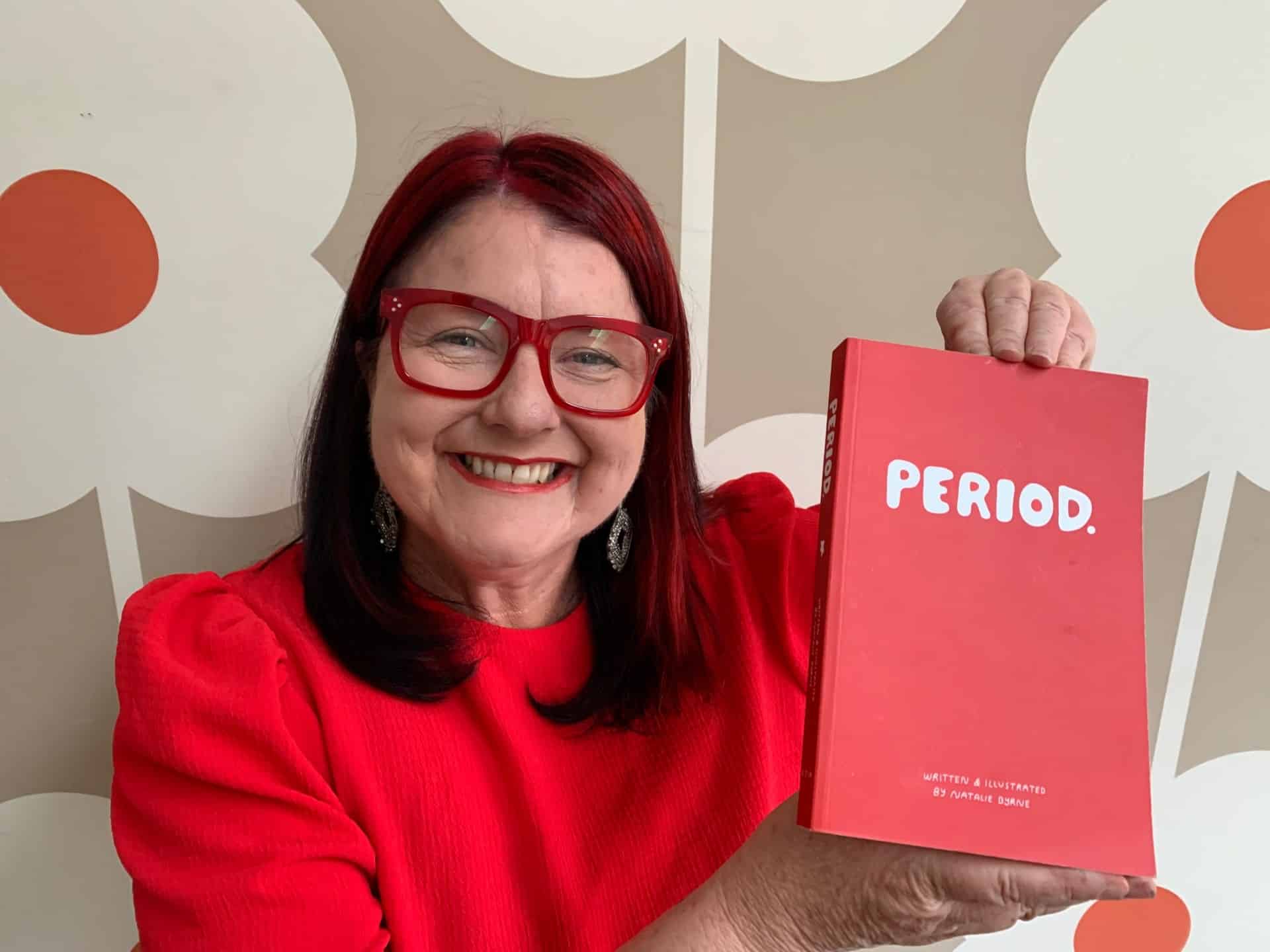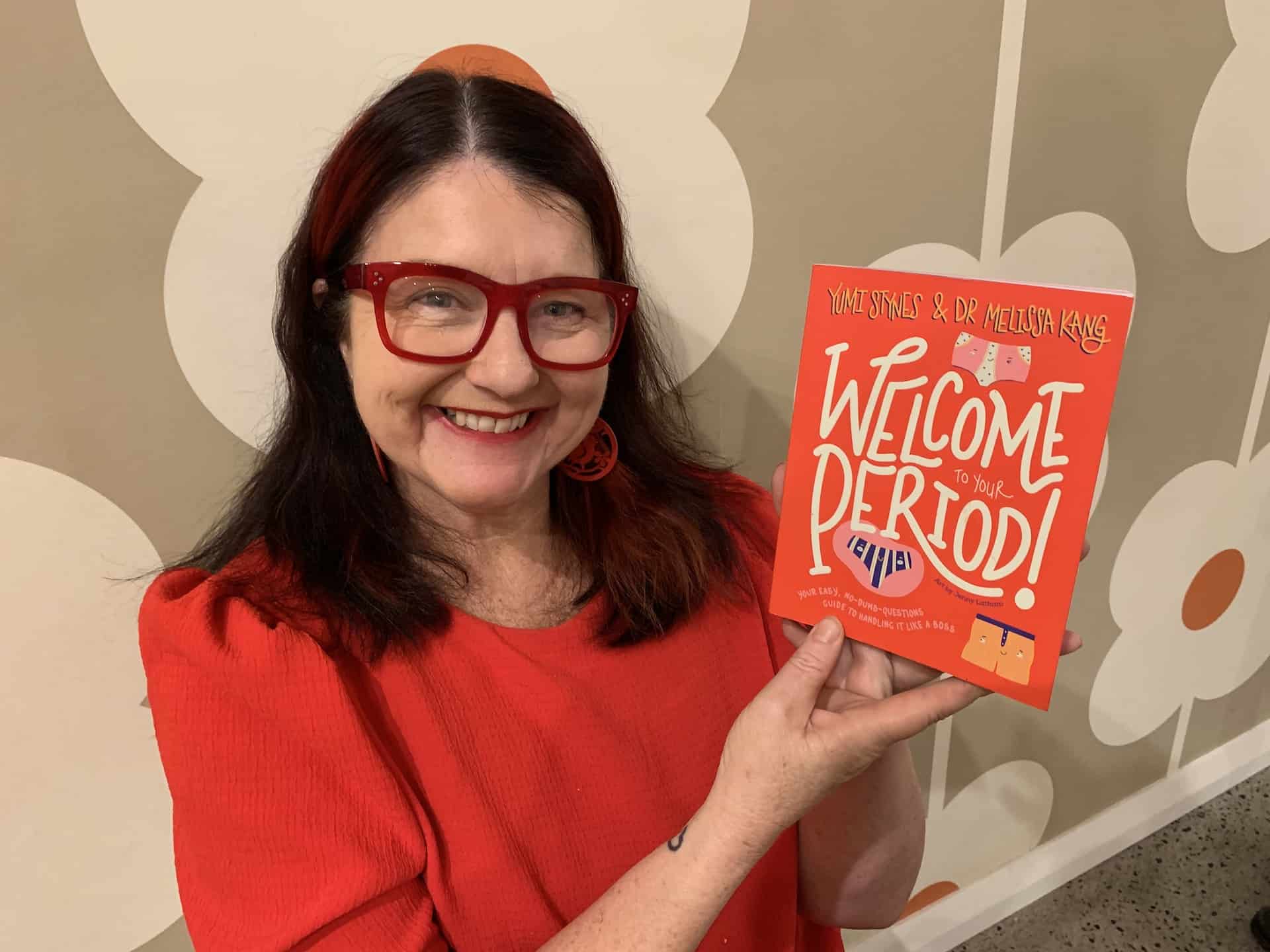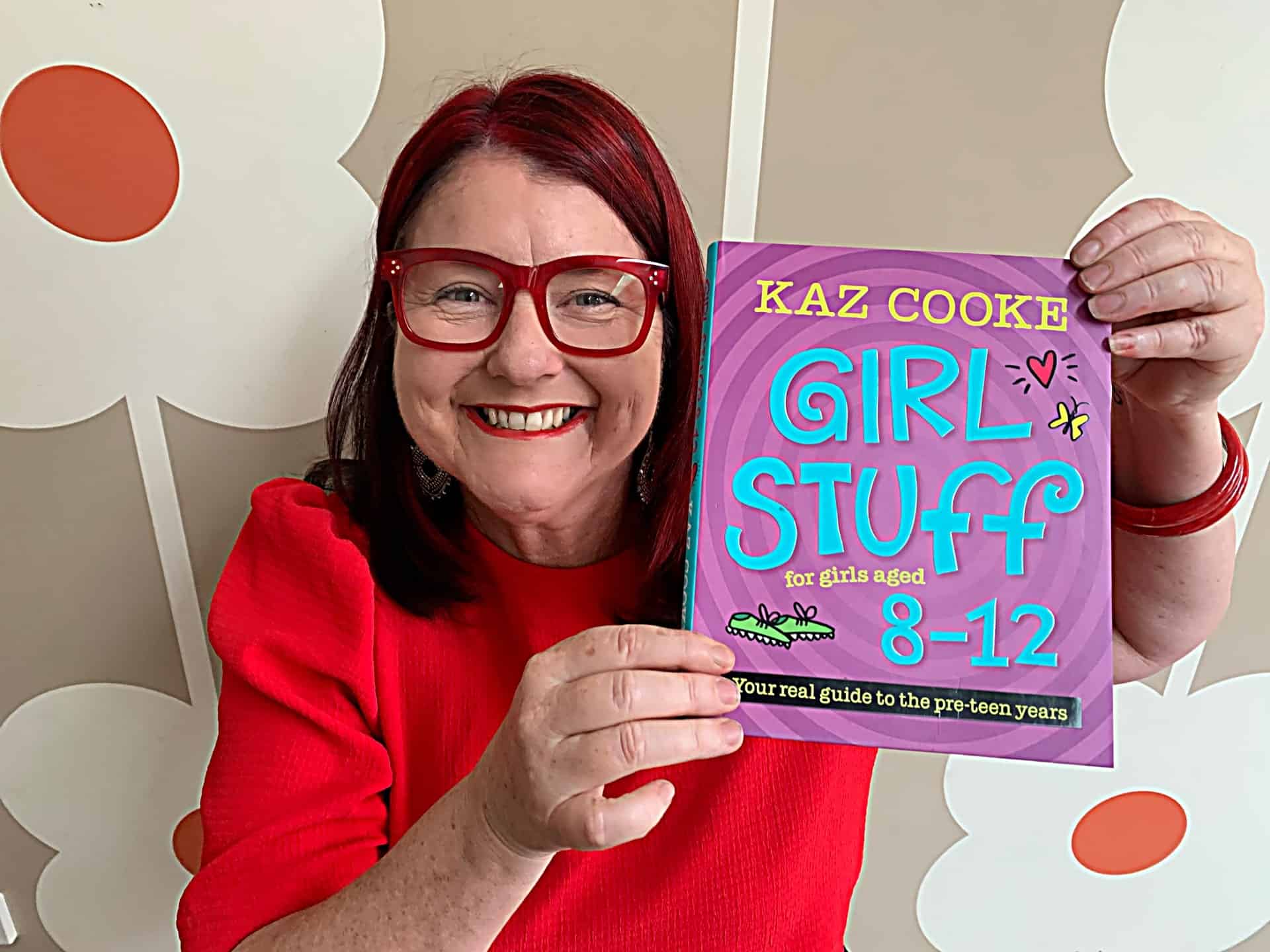How would you answer this question if your child asked you?
“What is a tampon?’ and “How do you put a tampon in?”
I remember when I was in year 6 at a friend’s house. I was checking out her bathroom cupboard and came across a packet of tampons. I was fascinated and spent some time trying to get the plastic off; that wasn’t easy, let alone trying to work out where it was supposed to go. I had no idea that my private parts comprised ‘three holes’ (urethra, vagina, anus) and when it came to using tampons I had no idea which end to put in first. Subsequently, it didn’t go in, there was no bin, and I was lucky enough to have a pocket in my dress and kept it there until I got home. The sad thing was that I never had a trusted adult to tell or ask questions to so I just kept quiet and tried to work things out by myself.
Even though I wasn’t ready to use a tampon, (although one of my daughters was confident to use one in year 6), I wish I had known what they were and how to use one -this would have normalised my whole period experience and it would have been less taboo and shameful.
Kids are curious. They want to know things like how on earth does that thing go in, doesn’t it get stuck, does it hurt,what hole does a tampon go in, and what does it do? I am asked these questions every day in my sexual health lessons with children. There’s nothing wrong with your child knowing about tampons – even if you don’t want them to use one yet. There is also nothing wrong (in fact it’s important) for boys to also know all about periods and tampons too.
Tampons have changed a lot over the past years. Research tells us that it’s actually okay to wear them to bed should we choose to, and now with wearing period underwear, pads, menstrual cups, there are more options to choose from as well 😀 and this is great!
Often our children use period underwear or pads when first getting periods. Why not just use tampons straight away? Because tampons can be a bit tricky to insert and a child needs a bit more confidence before they use them. It can take practise to insert them too.
Before talking about tampons with your child, you will need to have talked about what a period is so that they have an understanding of what and why periods happen. Insertion of tampon for the first time can be daunting, but showing your child practically by watching videos and reading books can really help.
Last week I wrote a blog about “What is a Period?” and “When will I know that my first period is about to start?” but nearly every day I get asked about tampons and what is a tampon used for.
No wonder! Imagine stumbling upon one like I did and trying to work out where it goes!
With this in mind, here is a possible way that you can answer when your pre-teen asks you :
“What is a tampon and how do you put one in?”
Your answer :
“I’m so glad you asked me what a tampon is. I would love to tell you. Have you heard of what they do? Tampons absorb menstrual or period blood so that the blood does not drip onto the floor or your clothes. They come in applicator and non-applicator types. (It’s important to note that most Australians don’t often use applicators as they are expensive and not a good option to save the environment -but other countries do.) The tampon is gently pushed/slid/put into the vagina, the vagina is the middle hole in the vulva area, that’s where the period blood comes out and is the stretchy hole below the urethra where the wee comes out. It’s above the anus where the poo comes out. A tampon should not hurt when it goes into the vaginas as it’s stretchy but it can take some practice. A string from the tampon hangs out of the vagina when the tampon is inside as it helps you to pull the tampon out. Tampons vary in size mini, regular and super for soaking up the menstrual blood, depending on how much is dripping out at the time. I would love you to start using a tampon by trying the small mini ones first as they are the easiest ones to practise with. The most important things that I want you to know is that it’s your choice if you want to use a tampon or not, and you can change your mind if you don’t want to use one. You can also use a tampon with other period products, for example, period underwear or pads at night tampons in the day.
Here is the 10 practical steps on how to insert a tampon for beginners that you might like to include in the conversation:
- Be hygienic. Wash your hands first so germs are not spread.
- Unwrap the Tampon. Take the tampon out of the wrapper. Locate the nob at one end and unravel the string at the other end.
- Relax. Take some big deep breaths and try not to be stressed. If you are too stressed then it’s okay to leave it and try again next period or another time.
- Get comfy. Find a comfortable position. Most people sit on the toilet or stand while slightly squatting to insert a tampon. You can also prop one foot on a step or other raised surface like the toilet.
- Locate the vagina. The stretchy middle opening where the blood comes out and the tampon goes in. Use a hand mirror if needed. The urethra is too small for a tampon, and the vagina is stretchy, making it impossible to put it in the wrong hole.
- Hold the tampon. Hold the tampon towards the bottom – between your thumb and middle finger.
- Insert at the right angle. Using the tampon’s tip, open the folds of skin around your vagina and slide the tampon inside, angling towards your back. Avoid inserting it straight up and in. Hold onto the indentation with two fingers, push the applicator’s inner tube toward you with your index finger. It’s like the same angle that a covid test is placed when inserted into the nose.
- Give it a gentle push. Not too hard or soft. If you can feel half of it coming out or if your tampon is uncomfortable then it may not be pushed in far enough or be at the wrong angle, or your body might have tensed up so then give it another gentle push or try again next period.
- Leave the string to hang out. The tampon is inside attached to the string, hanging on the outside which you’ll pull when you are ready to remove it.
- Remove your tampon. When it’s time to remove the tampon, get in a comfortable position, locate the string, and pull it slowly out. Never flush the tampon down the toilet; wrap it in toilet paper and dispose of it in the period bin next to the toilet if available.
Final Words
Starting your period is a significant moment, and while it can be exciting, using a tampon right away might create unnecessary pressure so it’s important to let your child decide when they feel ready. People are different – for example with my own daughters one uses tampons and the other doesn’t. If your child is active in sports or swimming, they might be eager to try tampons.
The key is not to embarrass them but to be an approachable parent. Dads, even if you won’t experience periods, join the conversation about tampons. Embrace the curiosity of children and provide accurate information about tampons and how to use them!

